A crystal-clear pool glistening in the sun is a sign of relaxation.
However, peace can be easily disrupted when you see your pool constantly losing water. It would be a sore sight.
The purpose of the article is to shed light on the common causes of pool leaks, why it is important to find a pool leak, and the measures that can be taken to avoid leakage.
We will also provide a concise guide on the best practices for vacuuming an inground pool, ensuring its cleanliness and longevity.
If you find out your pool has leakage, you are not alone. It is a common issue many people face, and often, the reason and the solution are pretty simple.
Some common issues are evaporation, backwashing the filter, splashing from swimmers, overfilling the fuel, and structural problems.
1. Evaporation
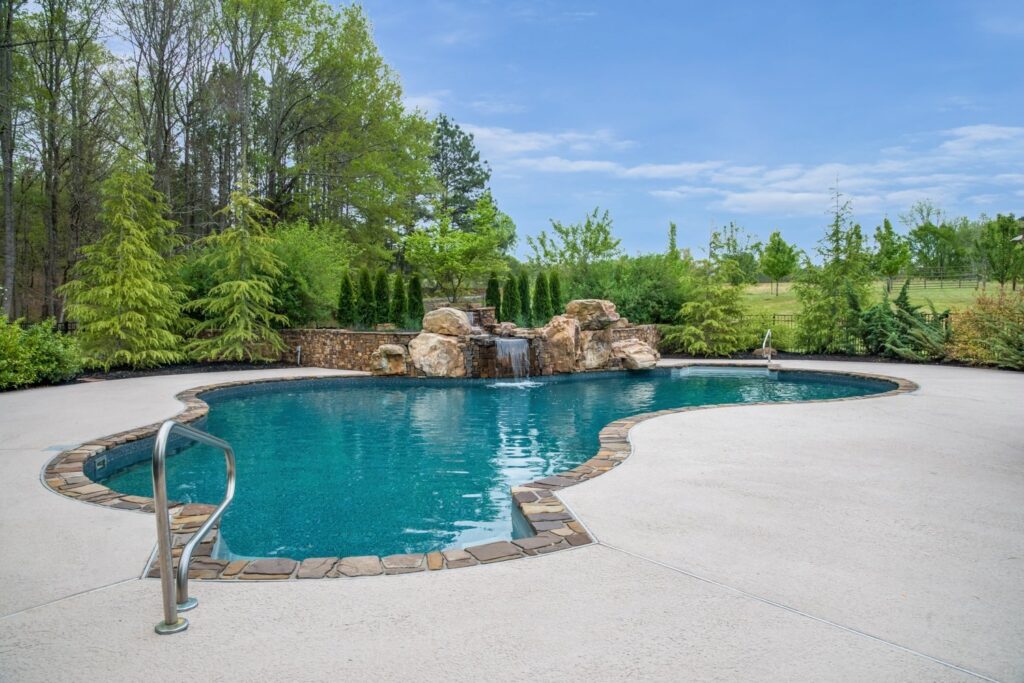
Evaporation is a process in which water turns into gas.
Many factors contribute to evaporation. In the context of inground pools, water in the pool escapes into the air.
However, the amount depends on the humidity level, temperature, and wind conditions.
Water molecules move constantly, which is why they easily escape into the air during high temperatures.
Humidity plays a vital role in evaporation.
When the air is saturated with water vapor, it is more likely to absorb water from nearby sources, thus evaporation.
Wind increases evaporation by blowing away the air layer from the pool, exposing the water to dry, fresh air, which can absorb more water vapor.
Here are some ways to control evaporation:
- Using a pool cover can be an effective way to stifle evaporation. It acts as a veil, preventing water molecules from escaping.
- Placing the pool in a shady spot can help prevent evaporation. It will keep the water cool.
- Splashing is one of the obvious reasons for lower water levels. It causes water to be thrown away from the pool, reducing the water level. Ask swimmers to reduce splashing.
- Installing a windbreak can reduce the wind flow, preventing evaporation.
2. Leaks
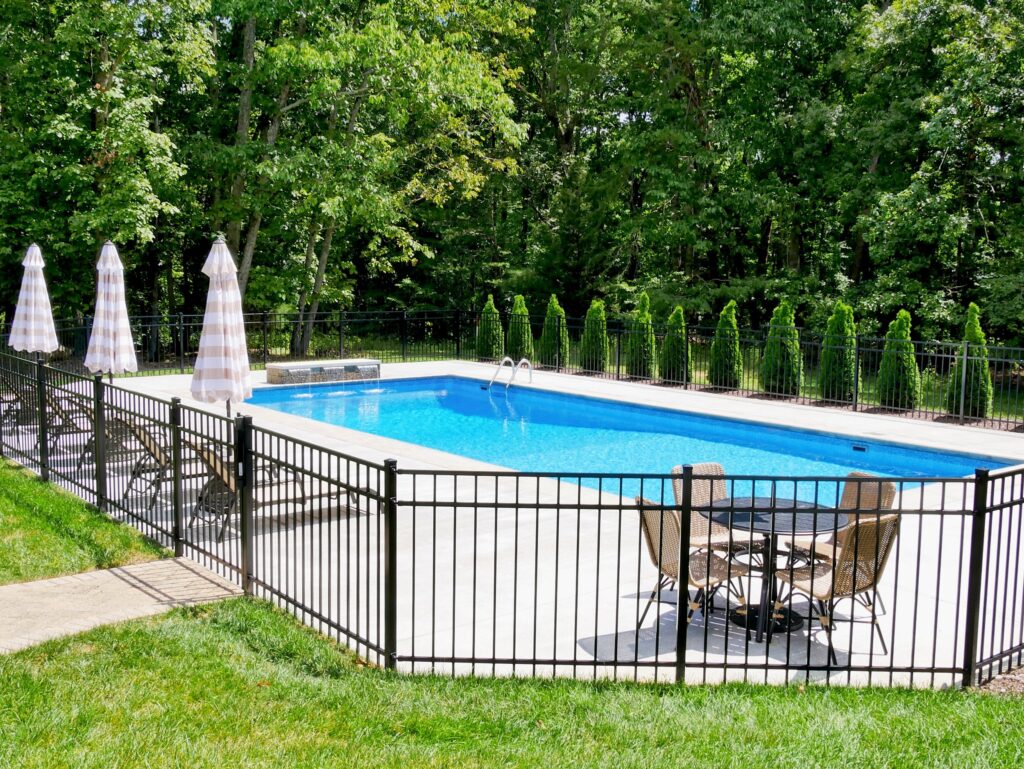
Here are some common reasons for pool leaks:
- Structural leaks can drain water from the pool. They happen because of cracks in the concrete or liner. Poor construction, ground movement, freezing, and thawing can cause leakage.
- Plumbing leaks occur in the pipes connecting the pool to the equipment. These happen because of corrosion, wear and tear, and improper installation.
- Equipment leaks occur in mechanisms such as heaters, pumps, and filters. The reason can be poor maintenance or manufacturing defects.
Here are some ways to identify a pool leak:
- Check the water level consistently. A decrease in the water level is a strong sign that your pool is losing water.
- Constantly check for any wet spots around your pool, especially on the deck or patio; it means your pool needs fixing.
- Air bubbles are a sign of water leakage. If the water bill increases every month, it is a sign that water is leaking.
How to Fix a Pool?
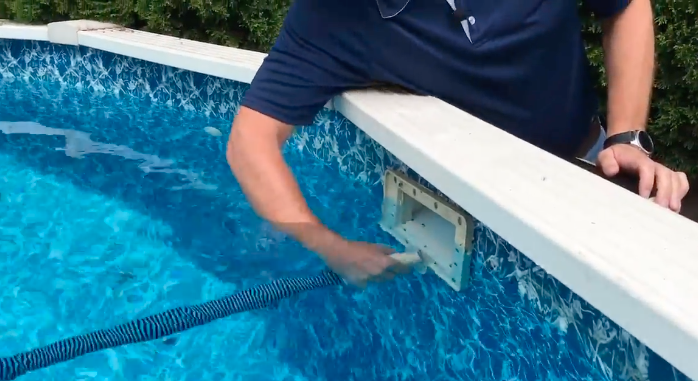
You are advised to call a professional when you doubt water leakage. However, in case of emergency, you can use the following instructions to fix your pool tentatively,
- Structural leaks can be fixed by patching and replacing the damaged area. The repair depends on the severity of the damage.
- Plumbing leaks can be fixed by tightening or replacing the damaged part, depending on the severity.
- Equipment leaks can be fixed by replacing the damaged parts.
Importance of Vacuuming an Inground Pool

Vacuum can help conserve water and clean the pool at the same time.
- Vacuum helps eliminate debris, dirt, and organic materials from the pool and the wall. When debris accumulates, it obstructs water pressure, causing an imbalance in pressure. By constantly vacuuming the pool, you can eliminate leakage.
- Vacuuming helps balance the water level. Regular vacuuming ensures optimal water level, reducing the risk of undue stress and potential leaks.
- Constant vacuuming allows you to notice the unusual drop in the water level. An unusual drop in the water level is a strong sign of water damage and allows prompt repair.
- Debris and dirt can act as abrasive elements, causing erosion and damage to the pool’s surface.
Step-By-Step Guide: How to Vacuum an Inground Pool

- Step 1 – Gear up with all the necessary equipment, including a pool vacuum head, hose, telescopic pole, and plate.
- Step 2 – Submerge the pool head to fill it with water. This eliminates air pockets and enhances suction.
- Step 3 – Connect the vacuum head to the telescopic pole and then attach the hose to the vacuum head.
- Step 4 – Make sure it works fine. Set it to “Waste” or “Recycle” mode, depending on the pool system.
- Step 5 – Start vacuuming and maintain a steady pace and cover the area to suck out the debris and dirt.
- Step 6 – Periodically check the basket where the debris accumulates.
- Step 7 – Ensure that the water level is appropriate to avoid damaging the pool pump.
- Step 8 – Clean the equipment properly and keep it safe for next use.
Final Thoughts
Several issues can cause your inground pool to lose water. The major factors are evaporation and leaks.
Leaks can be classified into three types: structural, plumbing, and equipment.
The given steps can be followed to tentatively fix a pool. However, it is always advised to call a professional to repair your pool.
Patching can tentatively be used to seal the leaks. You can change a part to fix the problem in severe cases.
Sometimes, the entire mechanism must be changed for the pool to stop leaking.
The main thing to consider is taking care of your pool occasionally to ensure its longevity and durability.

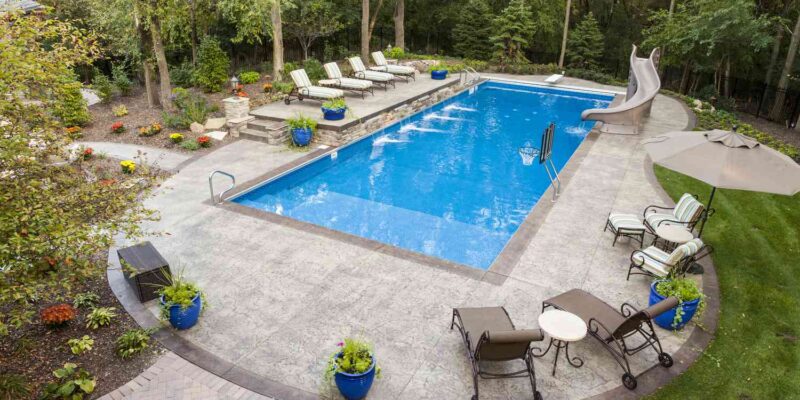

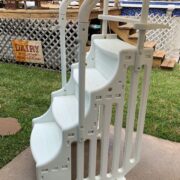

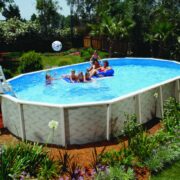

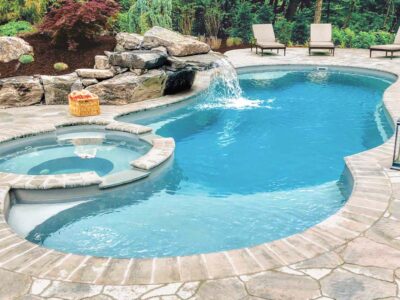

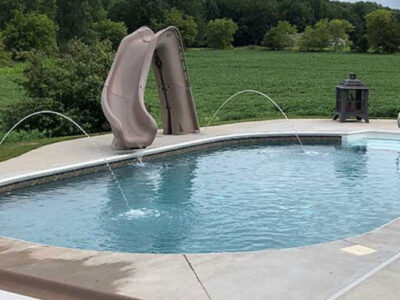




Comments